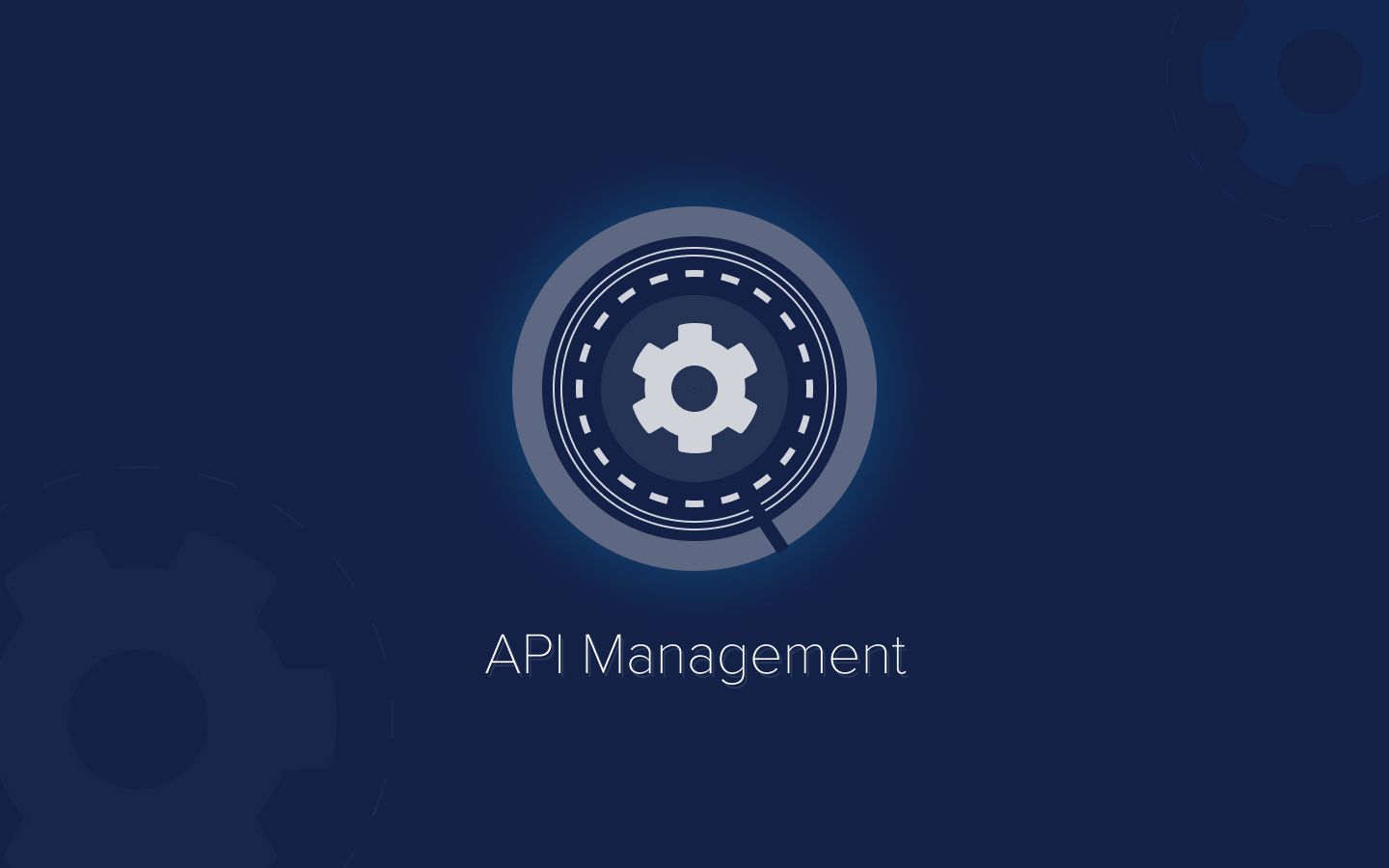Wholesale distributors thrive on supply chain efficiency and streamlined logistics. The better and quicker these processes become the more smoother your workflow gets.
Shifting from manual to Electronic Data Interchange (EDI) servers helped in automating the wholesale distribution process. It reduced a chunk of manual work required into processing data and was a step towards automating the process of wholesale distribution.
However it is important to acknowledge that EDI is just a step towards automation, the journey to truly digitize and optimize your workflow process is fueled by API and app integrations.
Why Upgrade From EDI To API?
If you’re a wholesale distributor with a fully set up EDI system you’re probably wondering why you need to upgrade to an API system when EDI already helps you get rid of paperwork, by letting you efficiently transfer data from your system to your trader/partner/customers?
The answer is simple; APIs are the future of automation. They allow for easy scalability, consistent updates and modifications, quick to set up and they’re easy to integrate. They’re future proof and there are thousands of applications with API giving you a wide range of services to choose from when it comes to building a strong and reliable tech architecture that can manage your workload.
Back to the point now, why do you need to make the shift, and how much will this help you?! Here are 5 benefits of shifting to an API infrastructure:
- Quick onboarding: Don’t let all your sales and marketing efforts go to waste. Marketing and sales work hand in hand to bring new customers on board. Eventually what makes them stay however, is the service. Satisfy your customers by making the correct first impression! With API integration you can quickly onboard new customers, by integrating with back office applications and ERP systems to extract customer data. This means no more long manual form filling, and lengthy data compliance, from taking days/weeks to onboard new customers to a matter of mere hours with the help of automation.
- Enabling order to cash: EDI systems require you to process purchase orders once, raise invoices and send advance shipping notices. With APIs you can enable quick two way data exchange with modern ERP systems. This directly takes care of all your acknowledgements and can provide you with real time inventory status which is a major benefit to any business.
- Transparency in transactions: Customers are inquisitive and want to be updated about their orders as per their convenience. With API you can access applications that allow your customers to track exactly what stage their order is at and provide them with real time updates on everything. This also saves you the manual hassle of coordinating with a customer about their order details again and again.
- End-to-end e-commerce facility: We live in a digital world, one where humans tend to Google the answers to their questions before asking them out loud. To make yourself more visible and reach a wider audience, having an online presence is an essential. APIs can help you build one with ease. Set up your catalogs, integrate ERP systems to manage your warehouse and inventory, and provide end to end shopping experience with live order tracking from anywhere in the world with the help of integrating applications with your workflow.
- Optimize work with back end integration: This point is one of the main reasons to consider an API first approach. APIs are future poof! Integrating your legacy system with an API can help you quickly build and adapt your system to new requirements. Updating legacy systems is time consuming and expensive. APIs on the other hand are quick to integrate and allow for full customization. Your framework and technological architecture grows as your business grows. Provide customized user interface and more seamless solutions with Back End integration. This is especially helpful for SaaS companies and companies that are heavily dependent on legacy systems.
Adapting to an API first strategy can help you design your operations in a way that optimizes productivity and data. You can analyze this data better to make more strategic business decisions, save on time, money and resources while increasing your productivity. It can also help you attract a wider customer base, improve your customer relationships and enhance your overall workflow by decentralizing your IT process. Get in touch with us to know more about making the switch to APIs!
Related read:












